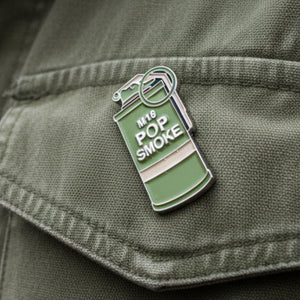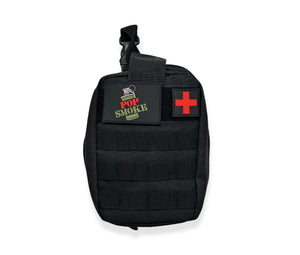How the U.S. Army K-9 Corps Began Training Dogs for Military Service in World War II
History of our favorite combat companions.

On March 13, 1942, the U.S. Army K-9 Corps embarked on a historic mission to train dogs for military service, marking a pivotal moment In the history of canine involvement in the American military. Prior to World War II, dogs had primarily served as mascots or in unofficial capacities within the Army, but the establishment of the K-9 Corps formalized their role as essential members of the armed forces.
Gear Spotlight: Relevant to This Story


The initiative was spurred by the formation of Dogs for Defense, a civilian group organized by the American Kennel Club in response to the attack on Pearl Harbor in January 1942. Lieutenant Colonel Clifford C. Smith of the Army Quartermaster Corps championed the idea of a dedicated K-9 Corps, which gained approval from military leadership and commenced training dogs for various branches of the U.S. armed forces.
Initially, the K-9 Corps accepted over 30 breeds of dogs, but this list was later narrowed down to seven, including German Shepherds, Belgian sheepdogs, Doberman Pinschers, collies, Siberian Huskies, Malumutes, and Eskimo dogs. The dogs underwent rigorous training programs tailored to their specialized roles, such as sentry dogs, scout or patrol dogs, messenger dogs, or mine-detection dogs.
Throughout World War II, dogs in the K-9 Corps played crucial roles in combat, serving as scouts, sentinels, and messengers on the front lines. One notable canine hero, Chips, gained legendary status after bravely attacking a machine gun emplacement during the invasion of Sicily in 1943, despite sustaining a gunshot wound. Chips’ courageous actions led to the surrender of the enemy garrison and earned him several commendations, including the Distinguished Service Cross, Silver Star, and Purple Heart.
The contributions of dogs in the Pacific Theater were equally significant, with notable examples such as Kurt, a Doberman Pinscher credited with saving the lives of 250 Marines during the Battle of Guam in 1944. Tragically, 25 members of the K-9 Corps lost their lives in Guam, highlighting the sacrifices made by these brave canine soldiers.
In recognition of their service and sacrifice, the National War Dog Cemetery was dedicated at Naval Base Guam in 1994, honoring the memory of America’s K-9 heroes. From the American Revolution to modern conflicts in Iraq and Afghanistan, dogs have remained steadfast companions and invaluable assets to U.S. troops, providing support, companionship, and morale boost during times of war.
The legacy of the U.S. Army K-9 Corps endures as a testament to the unwavering loyalty and bravery of military dogs throughout history, underscoring their indispensable role in safeguarding the nation’s security and defending the freedoms cherished by all Americans.













